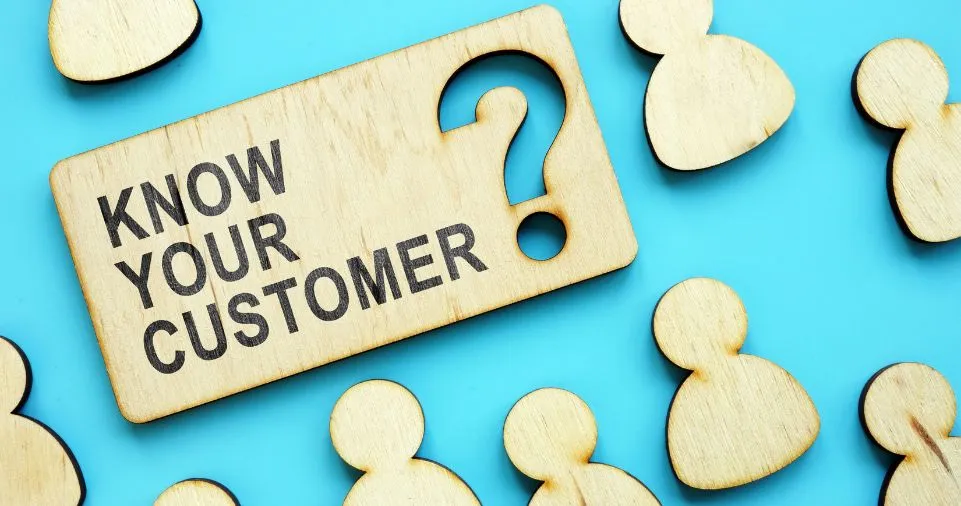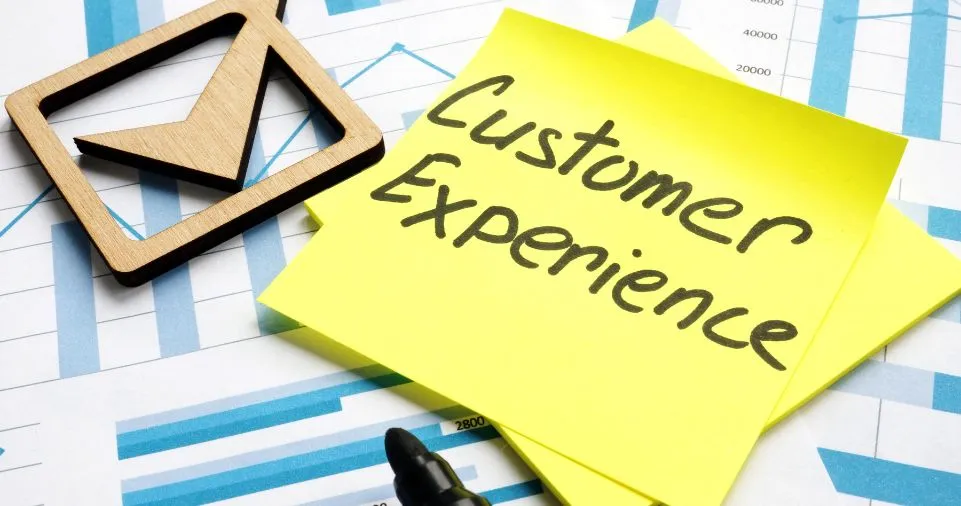In today’s competitive business landscape, customer experience (CX) has emerged as a crucial differentiator that can make or break your brand.
It’s no longer just about offering quality products or services; it’s about creating memorable experiences that resonate with your customers.
By focusing on improving customer experience, you can build strong relationships, foster customer loyalty, and drive business success.
In this article, we’ll explore actionable strategies to enhance customer experience and ensure your business stands out in the crowd.
What is Customer Experience?
Before diving into strategies, it’s essential to understand what customer experience entails.
CX encompasses every interaction a customer has with your brand, from initial contact through post-purchase support.
It includes all touchpoints, such as your website, social media presence, customer service, product quality, and even the physical environment if you have a brick-and-mortar store.
A positive customer experience results in satisfied customers who are likely to become repeat buyers and brand advocates.
Know Your Customers

The foundation of improving customer experience lies in understanding your customers.
To do this, you need to develop a deep understanding of their needs, preferences, and pain points. Here’s how you can achieve this:
- Create Customer Personas: Develop detailed customer personas that represent different segments of your target audience. These personas should include demographic information, interests, and buying behavior.
- Gather Customer Feedback: Regularly solicit feedback through surveys, interviews, and social media interactions. Listen to what your customers are saying and identify common themes or issues.
- Analyze Customer Data: Use analytics tools to track customer behavior on your website and social media platforms. Identify patterns and trends that can inform your customer experience strategy.
By understanding your customers, you can tailor your offerings and interactions to meet their expectations and provide personalized experiences.
Streamline Customer Interactions

Efficiency and convenience are key components of a positive customer experience.
Customers appreciate businesses that make their lives easier and minimize friction in interactions.
Here are some ways to streamline customer interactions:
- Optimize Your Website: Ensure that your website is user-friendly, easy to navigate, and mobile-responsive. A well-designed website should have clear calls to action, quick loading times, and intuitive navigation.
- Simplify Checkout Processes: For e-commerce businesses, a complicated checkout process can lead to cart abandonment. Simplify the checkout process by offering guest checkout options, multiple payment methods, and clear instructions.
- Provide Multichannel Support: Customers should be able to reach you through their preferred channels, whether it’s phone, email, chat, or social media. Offering multichannel support ensures that customers can contact you conveniently.
- Automate Routine Tasks: Use automation to handle routine tasks like order confirmations and appointment reminders. This frees up your team to focus on more complex customer inquiries.
Empower Your Employees

Your employees play a critical role in delivering exceptional customer experiences.
When your team is motivated and well-trained, they are better equipped to meet customer needs.
Here’s how you can empower your employees:
- Provide Training and Development: Invest in ongoing training programs to enhance your employees’ skills and knowledge. Training should cover product knowledge, customer service best practices, and communication skills.
- Foster a Positive Work Environment: Create a work culture that values and rewards excellent customer service. Encourage collaboration, recognize achievements, and provide opportunities for career growth.
- Empower Decision-Making: Give your employees the authority to make decisions that benefit the customer. When employees feel empowered to resolve issues on their own, it leads to quicker resolutions and happier customers.
- Encourage Employee Feedback: Just as you seek feedback from customers, solicit feedback from your employees. They can provide valuable insights into customer interactions and suggest improvements.
Personalize the Customer Experience

Personalization is a powerful tool for enhancing customer experience.
When customers feel that you understand their individual needs, they are more likely to engage with your brand.
Here are some ways to personalize the customer experience:
- Use Customer Data: Leverage customer data to offer personalized recommendations and promotions. For example, if a customer frequently purchases a particular product, you can suggest related items or offer exclusive discounts.
- Segment Your Audience: Divide your customer base into segments based on demographics, behavior, or purchase history. Tailor your marketing messages and offers to each segment for a more personalized approach.
- Customize Communication: Personalize your communication by addressing customers by name and sending relevant content. Use email marketing to deliver targeted messages and nurture customer relationships.
- Offer Personalized Support: Train your support team to recognize returning customers and tailor their interactions accordingly. A personalized touch can go a long way in making customers feel valued.
Focus on Building Relationships

Customer experience is not just about one-time transactions; it’s about building lasting relationships with your customers.
Here are some strategies to strengthen customer relationships:
- Engage on Social Media: Use social media platforms to interact with customers and build a community around your brand. Respond to comments, share user-generated content, and create engaging posts that resonate with your audience.
- Create Loyalty Programs: Implement loyalty programs that reward repeat customers. Offer incentives like discounts, exclusive access to new products, or points that can be redeemed for rewards.
- Seek Continuous Improvement: Regularly assess your customer experience strategy and make improvements based on feedback and data analysis. Show customers that you are committed to delivering the best experience possible.
- Humanize Your Brand: Share the story behind your brand, including your values and mission. Let customers see the faces behind the brand and connect on a personal level.
Measure and Monitor Customer Experience

To ensure that your efforts are paying off, it’s crucial to measure and monitor customer experience.
This involves collecting data and analyzing key metrics to assess your performance.
Here are some metrics to consider:
- Net Promoter Score (NPS): NPS measures customer loyalty by asking how likely customers are to recommend your brand to others. A high NPS indicates strong customer satisfaction and loyalty.
- Customer Satisfaction Score (CSAT): CSAT surveys ask customers to rate their satisfaction with a specific interaction or experience. It provides immediate feedback on customer perceptions.
- Customer Effort Score (CES): CES measures how easy it is for customers to complete a specific action, such as resolving an issue or making a purchase. Lower effort scores indicate a smoother experience.
- Churn Rate: Churn rate measures the percentage of customers who stop doing business with you over a specific period. A low churn rate indicates strong customer retention.
By regularly monitoring these metrics, you can identify areas for improvement and track the success of your customer experience initiatives.
Embrace Technology and Innovation

Technology plays a pivotal role in shaping customer experience.
By embracing new technologies and innovations, you can enhance customer interactions and stay ahead of the competition.
Here are some ways technology can improve customer experience:
- Implement Chatbots: Chatbots provide instant support to customers and can handle common inquiries 24/7. They help reduce wait times and improve customer satisfaction.
- Use CRM Systems: Customer Relationship Management (CRM) systems help you manage customer interactions and gather valuable data. Use CRM tools to personalize communication and track customer preferences.
- Adopt AI and Machine Learning: AI and machine learning can analyze customer data to identify trends and predict customer behavior. Use these insights to optimize your customer experience strategy.
- Enhance Mobile Experience: Ensure that your mobile app or website provides a seamless experience for users. Mobile optimization is crucial as more customers access services through their smartphones.
Also Read:
Conclusion
Improving customer experience is a continuous journey that requires dedication and a customer-centric mindset.
By understanding your customers, streamlining interactions, empowering employees, personalizing experiences, and leveraging technology, you can create a memorable customer journey that drives business success.
Remember, satisfied customers are more likely to become loyal advocates who contribute to your brand’s growth and reputation.
Prioritize customer experience, and you’ll set your business on the path to long-term success.

